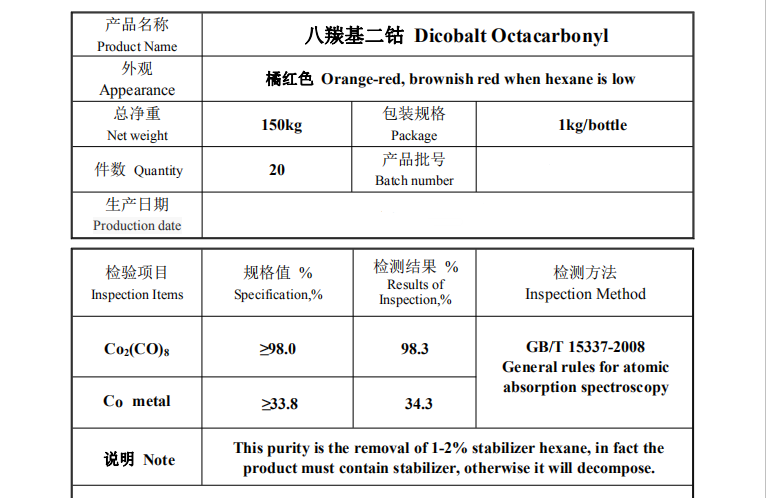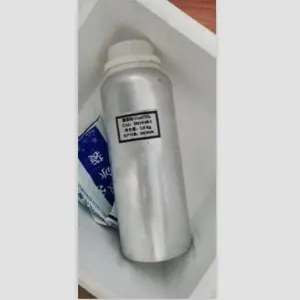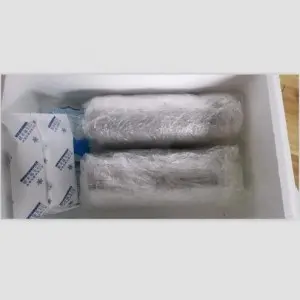In the intricate realm of chemical substances, Dicobalt Octacarbonyl holds a significant position. Its unique chemical properties and diverse applications make it a focal point in various research and industrial fields.

Applications of Dicobalt Octacarbonyl
● Catalyst in Organic Synthesis: Dicobalt Octacarbonyl shines brightly as a catalyst. In hydrogenation reactions, it effectively facilitates the addition of hydrogen to unsaturated compounds. For example, in the synthesis of certain organic intermediates, Dicobalt Octacarbonyl enables the hydrogenation of alkenes to alkanes, improving reaction efficiency and selectivity. In isomerization reactions, it helps convert compounds into their isomeric forms, playing a crucial role in the production of specific isomers that are difficult to obtain through conventional methods. In hydroformylation reactions, also known as oxo reactions, it catalyzes the reaction of alkenes with syngas (a mixture of carbon monoxide and hydrogen) to produce aldehydes. This application is of great significance in the chemical industry for the large - scale production of aldehydes and their derivatives. In carbonylation reactions, it promotes the introduction of carbonyl groups into organic compounds, providing a pathway for synthesizing more complex organic molecules.
● Preparation of Nanocrystals: Dicobalt Octacarbonyl serves as a key precursor in the preparation of cobalt platinum (CoPt3), cobalt sulfide (Co3S4), and cobalt selenide (CoSe2) nanocrystals. These nanocrystals have unique physical and chemical properties and are widely used in fields such as electronics, optoelectronics, and catalysis. For instance, CoPt3 nanocrystals exhibit excellent magnetic properties, making them promising candidates for high - density magnetic storage devices. Co3S4 and CoSe2 nanocrystals have unique electrical and optical properties, offering potential applications in solar cells, sensors, and other optoelectronic devices.
● Source of Pure Cobalt Metal and Its Purified Salts: Dicobalt Octacarbonyl provides a route for producing pure cobalt metal and its purified salts. By decomposing Dicobalt Octacarbonyl under specific conditions, high - purity cobalt metal can be obtained. This pure cobalt metal is essential in specialized fields such as electronics and aerospace. Its purified salts are also widely used in chemical synthesis, electroplating, and other industries.


Decomposition of Dicobalt Octacarbonyl
● Thermal Decomposition: Dicobalt Octacarbonyl undergoes thermal decomposition when heated. The decomposition process typically occurs in multiple stages. At relatively low temperatures, it begins to decompose, releasing carbon monoxide gas. As the temperature increases, the decomposition reaction accelerates, ultimately yielding cobalt metal and carbon monoxide. The thermal decomposition reaction can be represented as:
C8Co2O8+4 → 2Co + 8CO
This decomposition reaction has both advantages and disadvantages. On one hand, it allows for the production of cobalt metal. On the other hand, the released carbon monoxide gas is toxic, posing risks to human health and the environment. Therefore, when handling and using Dicobalt Octacarbonyl, strict safety precautions must be taken to prevent leakage and inhalation of carbon monoxide gas.
● Decomposition Under (Light Exposure): Dicobalt Octacarbonyl is also prone to decomposition under light exposure. Light energy can provide the activation energy required for its decomposition reaction, altering its chemical structure and stability. Similar to thermal decomposition, light - induced decomposition of Dicobalt Octacarbonyl releases carbon monoxide gas and produces cobalt metal. To prevent unintended decomposition during storage and use, Dicobalt Octacarbonyl should be stored in sealed containers and protected from light.
Handling and Use of Dicobalt Octacarbonyl
Due to its potential hazards and unique chemical properties, proper handling and use of Dicobalt Octacarbonyl are crucial. For the safety of operators and the environment, the following precautions should be observed:
● Safety Protection: When handling Dicobalt Octacarbonyl, operators should wear appropriate personal protective equipment, such as lab coats, gloves, and masks. This prevents direct contact of the chemical with the skin and inhalation of its toxic gases.
● Storage Conditions: It should be stored in a cool, dry, and well - ventilated environment, away from sources of ignition and heat. The storage area should be equipped with proper ventilation facilities to prevent the accumulation of toxic gases.
● Handling and Use: During handling and use, strict adherence to operational procedures is essential. Avoid vigorous collisions, friction, and other actions that may lead to its decomposition or release of toxic gases. Additionally, it should not be mixed with other chemicals to prevent unexpected chemical reactions and safety hazards.
In conclusion, Dicobalt Octacarbonyl is a highly valuable chemical substance with extensive applications. However, due to its potential hazards, proper handling and use are necessary to ensure safety. As a professional manufacturer of high - purity chemical products, Epoch Material is committed to providing high - quality Dicobalt Octacarbonyl and other related products. Our company boasts advanced production equipment, rigorous quality control systems, and a professional technical team. We are dedicated to meeting customer needs and providing excellent product solutions and services. If you require Dicobalt Octacarbonyl or have questions about its use, please contact us. We are ready to assist you!
Post time: Jun-25-2025